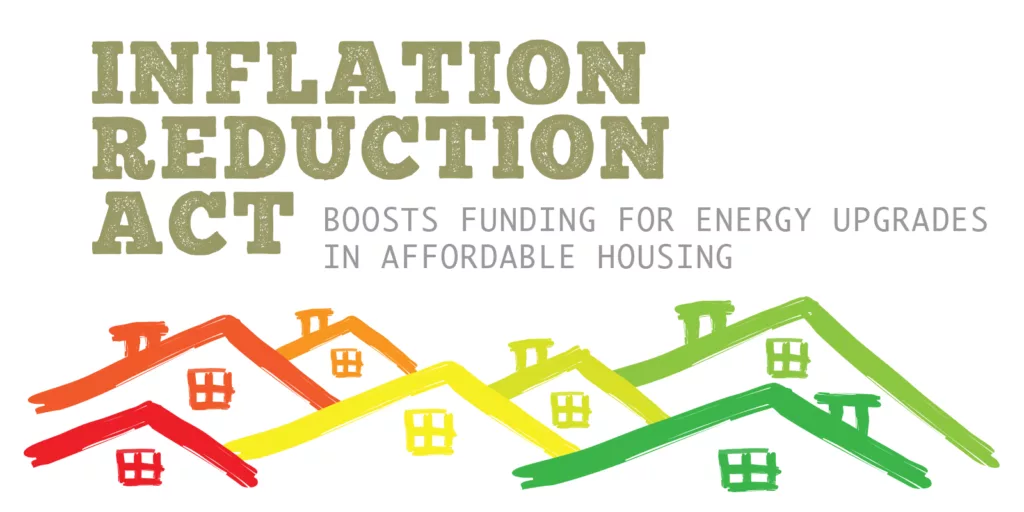By: Jeremy Densmore
While a number of state agencies are starting to adopt Income Averaging (IA)[1] policies, there is still speculation on what the future IRS guidance will be. Recent industry articles have provided some speculative insight outlining common approaches for interpreting the IA amendment to the code. However, in the midst of all the opportunities that IA provides, the “elephant in the room” is still the potential issue of non-compliance.
Tidwell Group’s previous article on IA “Income Averaging: Handling a Double-edged Sword,” presented the opportunities brought forth by the new rules and shared our words of caution. In Tidwell Group’s efforts to keep you abreast of new developments and provide insight on current rules, we present the following information as we continue to pursue further discussions with government authorities.
Opportunities Abound
Industry experts and developers with extensive experience in the mitigation of risk with developing and operating LIHTC properties all agree: Income averaging is a very powerful tool allowing greater flexibility in addressing affordable housing issues faced by urban and rural communities. IA provides opportunities for offsetting rents of higher area median income (AMI) residents with the rents of low-income and very-low income residents. More specifically, in urban communities with higher AMI and less centrally located affordable housing, IA is closer to benefiting middle-income workforce housing that have reduced affordable housing options in those markets. As a result, communities could experience relief for traffic congestion as housing is closer to job centers and central urban amenities. In addition, IA could result in providing additional job options to both lower and middle-income tenants. In rural markets where AMI may be naturally lower than urban centers and where additional soft financing is more difficult to acquire, deeper rent-skewing can become more attainable thereby providing current and long-term rent stability.
Pay Attention to the Two Levels of Non-compliance
It is important to remember that there are fundamentally two layers of non-compliance with the IA rules:
- Federal compliance with elections made on IRS Form 8609 that could result in recapture; and
- State agency compliance regarding the utilization of housing tax credits in accordance with state generated policies and recorded in the state issued land use restriction agreement (or “LURA”)
As states start to implement IA[2] policy, the following question arises: How will the “imputed income limitation designated by the taxpayer with respect to the respective unit” be implemented in the LURA?
Regarding federal compliance in accordance with the Internal Revenue Code (IRC), where a taxpayer “designated” unit falls out of compliance with its income designation, the average income over the building or the project could be skewed above the Form 8609 income average designation. Under the rules[3], such non-compliant designated units could face recapture of credits associated with such units (or units that place the project above the 60% average-depending on interpretation). Depending on your 8609 election, non-compliance could be based on a unit basis affecting the applicable fraction instead of on a project basis affecting the minimum set-aside, hence negating the detrimental “cliff test” scenario. This is believed to be the case as long as at least 40% of the designated units in the project still have an average affordability of 60%. This is an important clarification as the applicable fraction addresses the question of how many credits can be claimed, where the minimum set-aside addresses the question if you can take any credits at all. Regardless of the policy in the respective Qualified Allocation Plan, close attention should be paid to the IRS Form 8609, Line 8b “multiple building project” election. It could mean the difference in applying the minimum set-aside election to each individual building or multiple collected buildings in the project.
Besides the federal elections, another important factor includes state agency low-income designations that may be required for either threshold requirements or scoring requirements, which are ultimately recorded in the project’s LURA – the other factor of non-compliance. The intent of IA is to provide flexibility and broaden the availability of housing across income bands. It is hoped that states will adopt a high level of flexibility with respect to the taxpayer designation of units under IRC §42(g)(1)(C)(i). For many years, states strived to allocate credit authority to “projects that serve the lowest income tenants.” Many of these LURAs already provide operational flexibility. This is to allow the units that serve AMIs below 60% (and 50% in some cases) to be moved within the project as long as those respective AMI “set-aside” units are maintained at the same percentage of the overall restricted units and unit types. Creating more rigid designations may have unintended consequences.
Under the LURA, when a lower AMI unit was mistakenly rented to a higher-income tenant, the project would be out of compliance with the state’s LURA but would likely still remain in compliance with the election made on the older Form 8609, Line 10c (20% at 50% AMI or 40% at 60% AMI). In such instances of state-regulated non-compliance, the project did not necessarily face recapture of the credit, but may have received an IRS Form 8823 (Report of Noncompliance) from the state. This is still the case under the new 8609 and IRC §42(g)(1)(C)(i). This non-compliance may not lead to recapture at the Federal level, but many states require the disclosure of previous 8823s at the time of application on future projects. Even though the owner’s other project(s) may be in compliance at the Federal level, the fact that there are 8823s issued from previous LURA violations, the owner could be negatively impacted on future proposed affordable housing developments for non-iniquitous reasons due to the rigidness of policy.
In reviewing the current situation, it is clear that our congressional law-makers provided a new tool to serve a broader band of incomes in an effort to address the affordability crisis faced by many states and municipalities today for incomes at 80% and below AMI. Certain IA rules[4] provide for a desired preference of “projects that serve the lowest income tenants.” In relation to that preference mandated to the states under the code, IA under IRC §42(g)(1)(C) provides a new tool that allows a higher-income tenant band to also be served. This furthers the stability of the market and the project that serves the lowest-income tenants. Under reasonable interpretation, IRC §42(g)(1)(C) allows flexibility at the federal level to limit the event of recapture upon non-compliance. State IA policy for Qualified Allocation Plans should also consider providing a level of reasonable flexibility under the code for evolving guidance.
Have questions about Income Averaging?
Contact Jeremy Densmore











